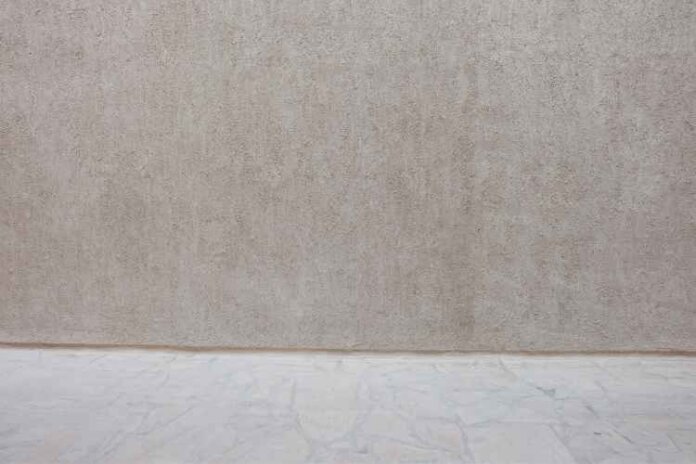
There’s nothing worse than a wet and muddy basement. Not only is it uncomfortable and inconvenient, but it can also lead to serious health problems. If you are dealing with water in your basement, don’t despair.
Here are four ways to waterproof basement walls and keep the moisture at bay.
Dig around your foundation
The first step to waterproofing basement walls is to dig around the outside perimeter of the basement, all the way down the foundation.
Remove all vegetation and dirt from the area around the basement, and then replace it with gravel to help with drainage. Have the earth tamped down well, then pour stone dust or sand into the remaining holes. You now have waterproof walls, as water will not seep through all that hard work!
Apply a Membrane on the Outside of Your Foundation
This waterproof membrane will keep water from seeping into your basement walls and provide long-lasting protection against leakage. One waterproof membrane used for this purpose is a flexible sheet made from high-density polyethylene (HDPE). It shall stretch up to 3 times its original size without tearing or deteriorating, so it moves with the ground under pressure from rain, flooding, etc.
It’s crucial to install waterproof membranes correctly because even minor breaches can lead to costly repairs later on. For example, if you don’t seal around the manhole covers or electrical outlets with special cement when waterproofing, these areas can create leaks that damage waterproofing materials. If your waterproof membrane wasn’t installed correctly, you might need to hire a contractor to remove it and re-install the waterproofing system properly.
Apply Sealant or Caulk to Cracks or Holes
Once waterproofing has been installed, cracks and holes should be filled with waterproof caulk. This shall prevent water from seeping through any gaps in your waterproofing system.
The best waterproof sealant for basements is designed specifically for exterior use; the waterproof sealant forms an elastic membrane that can stretch and contract without breaking or deteriorating over time. It’s also highly resistant to mold, mildew, fungus, algae, rot, and fire damage. Some brands come with a warranty that guarantees their product for ten years.
If you’ve waterproofed your basement walls but still have moisture problems, check your home’s ventilation system. The air inside your home may be hotter than outside air.
Install a French Drain System
A French drain system functions by drawing water into pipes that lead out from your basement walls, which then drain the water away from your property using gravity or a sump pump.
Although you can install this waterproofing system yourself, you should consult an experienced waterproofing company like 58 Foundations before attempting it. The soil next to your foundation must be sloped away from it so that rainwater runs downhill and doesn’t pool up against your home’s walls.
Waterproofing your basement walls is a big job but well worth the trouble in the end. Having waterproof basement walls ensures that water won’t seep into your home and reduces mold growth. It also helps to prevent fires caused by excess moisture. Follow these waterproofing steps to keep your basement dry for years to come.











